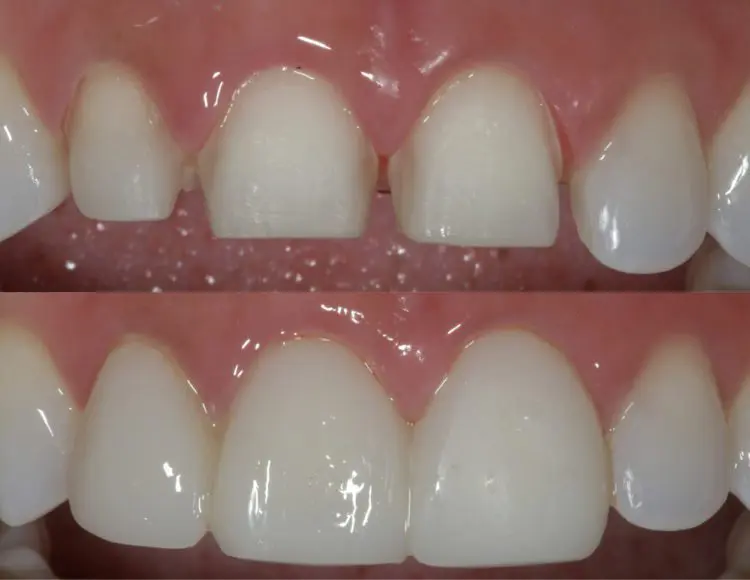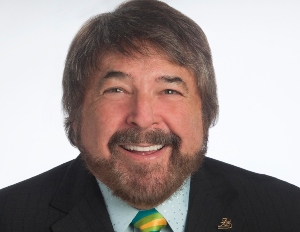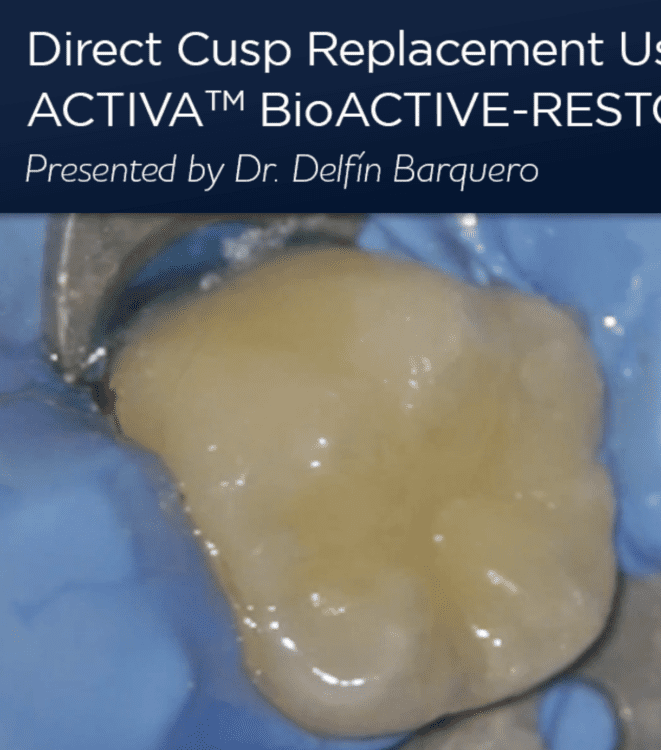By Dr. James Pegg
One of my former patients, a nineteen-year-old university student, came to my office for a long overdue cleaning. He had been a regular patient before his departure for university, but he had not been to the dentist in the past year. On presentation there was a suspicion of caries, as clinically there appeared to be shadowing under the enamel in the upper left premolars (Figure 1). Bitewing radiographs were taken which confirmed the presence of caries at 12DO, 13O 20DO, 19D and 18D (Figure 2).


Various treatment options and materials were discussed for restoring the teeth, including a conventional approach restoring with amalgam or composite, as well as the possibility of providing a more minimally-invasive approach using ACTIVA BioACTIVE-RESTORATIVE from Pulpdent Corporation. It was impressed upon the patient that regardless of the method chosen, a radical re-think of his dietary and oral hygiene habits would be needed to prevent recurrent decay.
The patient was keen to avoid amalgam fillings and opted for a restoration with tooth-colored materials. I suggested a minimal intervention with tunnel preparations to restore 12D, 13O, 20D, 19D and 18D (Figure 3), and a more conventional DO preparation to restore 13 where the caries was more extensive (Figure 4).


I decided to restore the upper left quadrant in the first appointment, and the lower quadrant during a second session. Under local anesthetic, the caries lesions were accessed with very small burs in a high-speed hand piece (Diamond micro preparation set 4383, Komet Dental). The carious dentin was removed with small rose-head ceramic burs (CeraBur size 008) in a slow-speed hand piece, and the preparations were finished with diamond instruments in an ultrasonic hand piece set at low power.
The cavities were restored with ACTIVA BioACTIVE-RESTORATIVE in accordance with the manufacturer’s guidelines. The tunnel prepared cavities were restored with the placement of one increment of the restorative material. The bendable metal cannula tip used to dispense ACTIVA BioACTIVE-RESTORATIVE makes placement very straightforward as shown in Figure 5. The DO cavity in 13 was restored by placing an initial increment distally to restore the distal wall and marginal ridge of the tooth, and further successive increments to restore the rest of the cavity (Figure 6).


ACTIVA BioACTIVE-RESTORATIVE was used to take advantage of its claimed bioactive properties (sustained release / recharge of fluoride, calcium and phosphate ions) and because of my previous experience with its ease of handling. The presentation of the material in an automix syringe with a fine delivery tip makes the placement of the material in very small cavities extremely straightforward. Although the aesthetic outcome of these small fillings was not of critical importance, I had found with prior cases that ACTIVA BioACTIVE-RESTORATIVE has a very agreeable ‘chameleon effect’ which contributes positively to the appearance of the final restorations. The same was true for this case, as shown in Figure 7. In addition, the claimed physical properties of the material, including superior toughness and wear resistance, make a compelling case for using this material.


About Dr. James Pegg
Dr. James Pegg is the Principal of his own private restorative and periodontic practice in the centre of York, England. He has a special interest in aesthetic, restorative, preventive and minimally invasive dentistry, and his small but very experienced and skilled team is complemented by hygienist Lisa Tomlinson and Federico Moreno, Specialist Periodontist. His team provides a comprehensive range of treatment for every member of the family, and is always happy to welcome new patients to the practice. More details can be found on his practice website www.james-pegg.co.uk, and they are also on Facebook and Instagram.




